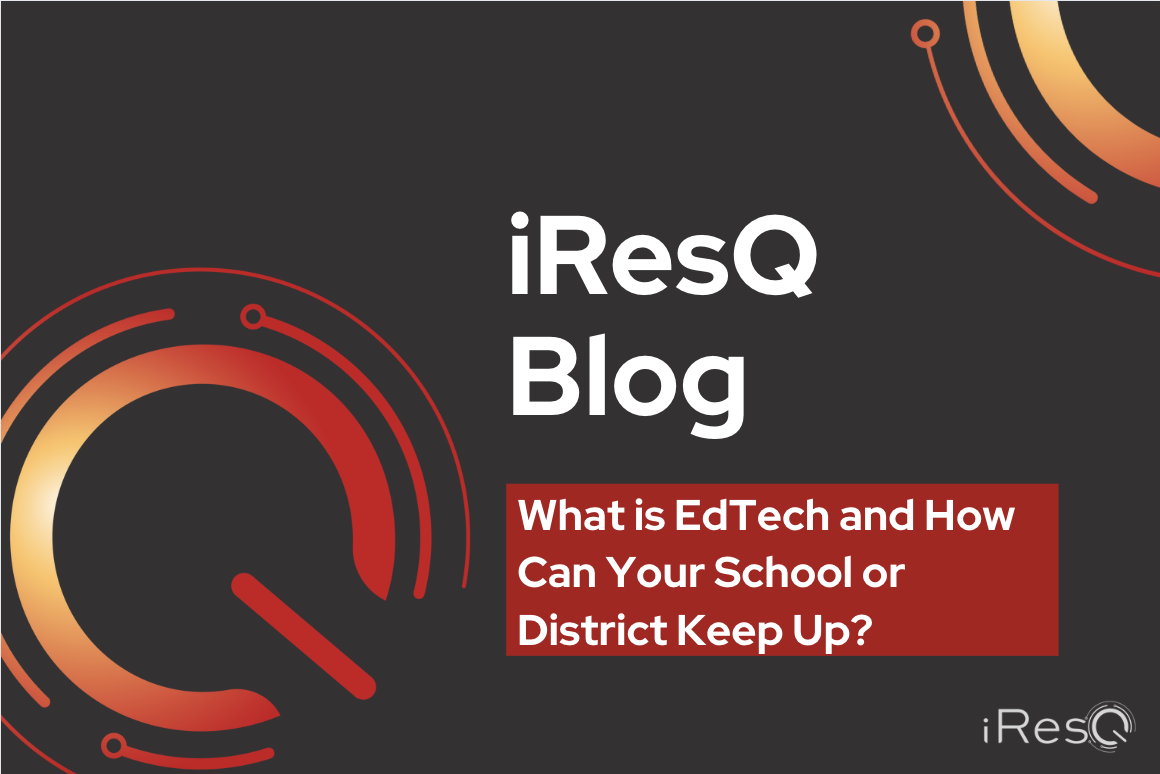Educational technology (EdTech) refers to the use of digital tools, multimedia, and devices to enhance the learning process by catering to personalized learning styles, adaptive learning, and fostering engagement.

From elementary to high school, the adoption of digital tools and blended learning is reshaping the traditional education system. Aimed at improving engagement, accessibility, and effectiveness within education, EdTech encompasses a wide range of applications, from online learning platforms and virtual classrooms to interactive simulations and digital assessments.
What Does the EdTech Industry Have to Offer?
EdTech companies have been actively developing a wide range of apps and resources tailored to teachers, including interactive lesson plans, educational software, learning platforms, and learning management systems (LMS). These same companies often provide tips for functionality along with online courses and information on how to leverage artificial intelligence, virtual reality, and other technological tools.
The array of resources encompassing interactive content, podcasts, and e-learning modules aim to enhance educators’ instructional strategies, streamline administrative tasks, and offer insights into student learning. This ultimately contributes to more effective and engaging teaching practices.
Leveraging EdTech Tools and Resources
When full-time learners use technology, their needs extend beyond mere internet connectivity to include real-time tools that empower personalized, self-paced learning. By embracing EdTech tools, teachers are able to navigate the challenges of distance learning and foster effective learning.
Tools such as video conferencing, digital blackboards, and interactive whiteboards have enabled educators to deliver lessons, engage students, and provide assessments digitally, bridging the gap between in-person classrooms and virtual learning.
Simply providing access to the tools isn’t enough to create a substantial impact though. Effective implementation of the diverse EdTech tools and resources to create a seamless learning experience requires thoughtful evaluation of the digital learning process in order to facilitate individualized progress.
Putting a Plan in Place
The abundance of learning tools and device types, such as laptops and tablets, can make the incorporation of technology in education seem daunting. However, by carefully considering best practices when designing a digital learning process, educators can mitigate this challenge.

Balancing the selection of appropriate tools, fostering digital literacy skills, and ensuring equitable access to technology are essential steps toward creating an effective and manageable technological learning environment.
Continued Support
Staying abreast of EdTech trends is essential for cultivating positive learning experiences and fostering high levels of student engagement. By staying informed about the latest advancements, educators can strategically integrate innovative tools and methods that resonate with students’ evolving learning preferences. This proactive approach ensures that the educational journey remains relevant, dynamic, and effective in meeting the changing needs of learners in a technology-driven landscape.
Navigating the intricacies of digital technology integration involves tasks like inventory management and device repairs. For those seeking a problem-solving partner, iResQ offers solutions to streamline these challenges and optimize the implementation of digital tools in education.

